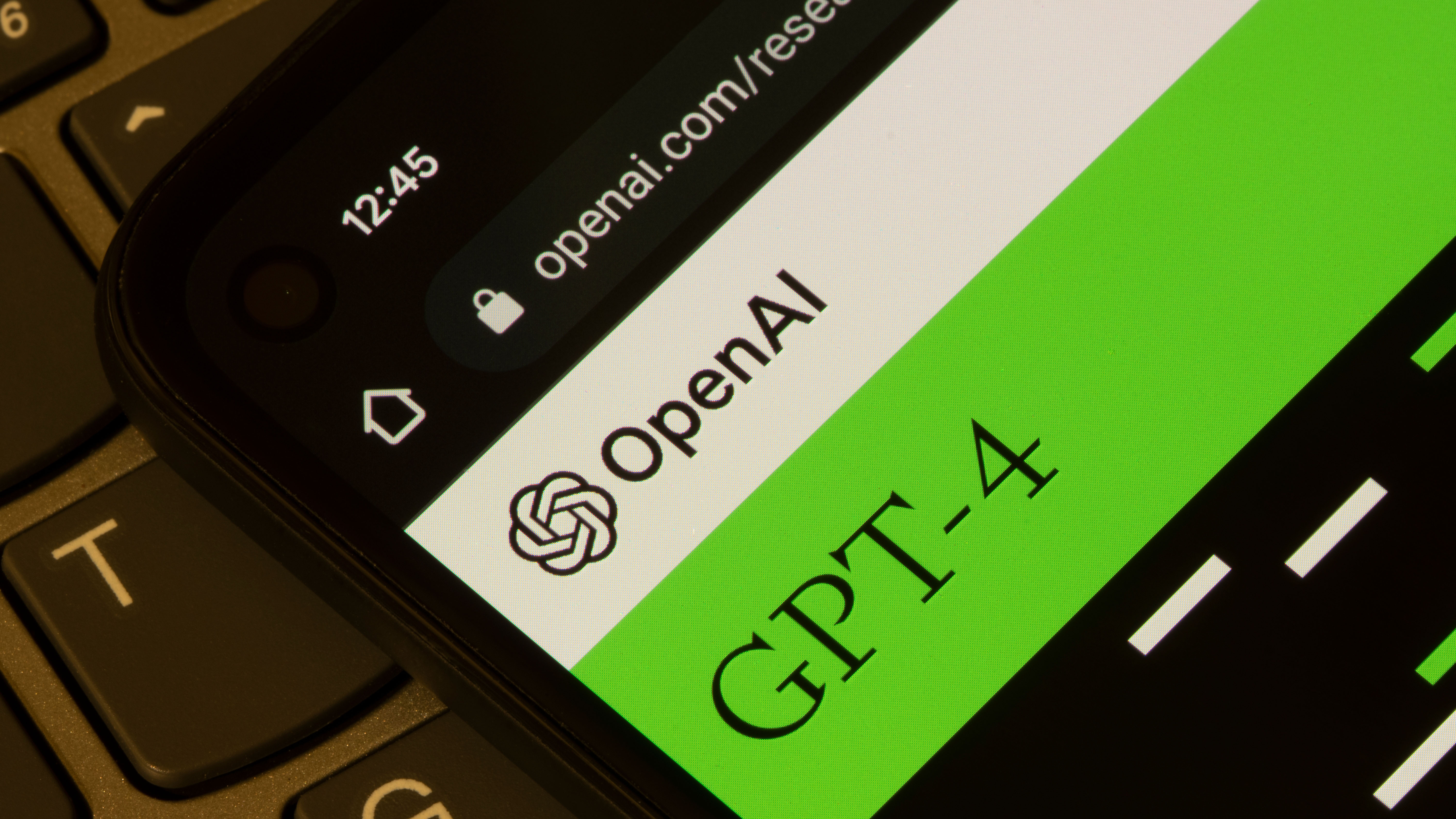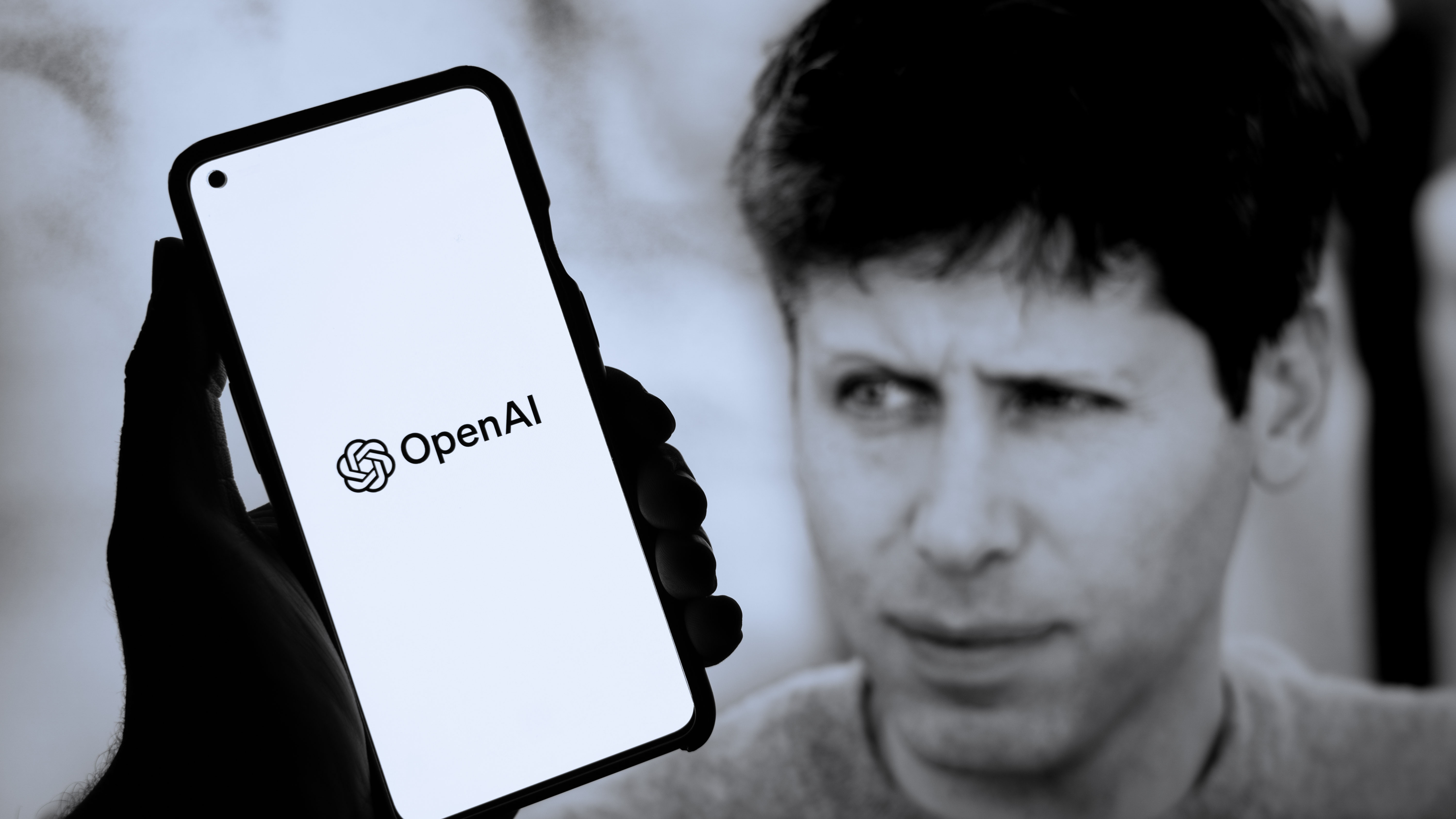Goodbye, ChatGPT-4 – here’s why the retired AI model was one of the decade's biggest tech moments
Rest now in your special hard drive

OpenAI officially retired the ChatGPT-4 model at the end of April. It has now been replaced entirely by newer models like o3, o4-mini, and ChatGPT-4.5 inside the ChatGPT model picker.
Even the free version of ChatGPT is now using ChatGPT 4-turbo, rather than ChatGPT-4.
The removal of ChatGPT-4 marks the end of perhaps the most exciting two-year period of innovation in ChatGPT’s brief history so far.
ChatGPT-4 models have come on leaps and bounds since the original ChatGPT-4 was released, particularly with the new o3 and o4-mini models, and the Deep Research agent.
Here's a history of ChatGPT-4 and everything it accomplished, as we wave goodbye to the AI model that took over the world.
The power of conversation
While ChatGPT-3.5 (released in November 2022) showed us the potential for what an AI chatbot could be, it was ChatGPT-4 (released in March 2023) that really demonstrated what was going to be possible in the future.
ChatGPT-4 was introduced at the same time as the new paid-for Plus subscription service from OpenAI, marking the first time that ChatGPT became a consumer product that people had to pay to access in a web browser.
Sign up for breaking news, reviews, opinion, top tech deals, and more.
As well as introducing plug-ins, ChatGPT-4 also gave people access to the DALL-E image generator as part of the Plus subscription. It was also the first ChatGPT model to accept images as inputs.
The real step forward in ChatGPT-4's innovation over ChatGPT-3.5, however, was in the power of its conversations. Using ChatGPT-3.5 could be a bit like talking to a living Wikipedia article at times – it was functional, but not human enough to be convincing.
ChatGPT-4 took that next step and appeared to actually understand what you were saying to it. It could reflect your thoughts and ideas back to you in a way that made it seem like it was sentient.
Of course, GPT LLMs are engaged in a process of complex pattern matching, rather than having a human-like mind that can understand things, but the mimicry with ChatGPT-4 had become so good that it was impossible to not think you were talking to something, or someone, with a consciousness that approached that of another sentient human being.

The potential of AI
It was with ChatGPT-4 that the human race began to get a taste for adopting AI. For the first time, we could easily see the advantage of having the collective wisdom and intelligence of human knowledge at our disposal through AI.
In fact, it was the introduction of ChatGPT-4 that started a lot of the excitement and debate in the media around artificial intelligence.
On May 1, Sam Altman, CEO of OpenAI, tweeted “Goodbye, GPT-4. You kicked off a revolution. We will proudly keep your weights on a special hard drive to give to some historians in the future.”
As discussed in his recent blog post, OpenAI remains committed to reaching the goal of artificial general intelligence (AGI), the moment when AI becomes as clever, then cleverer, than human beings.
OpenAI's ChatGPT models are mere stepping stones on the road to AGI, but ChatGPT-4 will go down in history as one of the most significant.
You may also like

Graham is the Senior Editor for AI at TechRadar. With over 25 years of experience in both online and print journalism, Graham has worked for various market-leading tech brands including Computeractive, PC Pro, iMore, MacFormat, Mac|Life, Maximum PC, and more. He specializes in reporting on everything to do with AI and has appeared on BBC TV shows like BBC One Breakfast and on Radio 4 commenting on the latest trends in tech. Graham has an honors degree in Computer Science and spends his spare time podcasting and blogging.
You must confirm your public display name before commenting
Please logout and then login again, you will then be prompted to enter your display name.